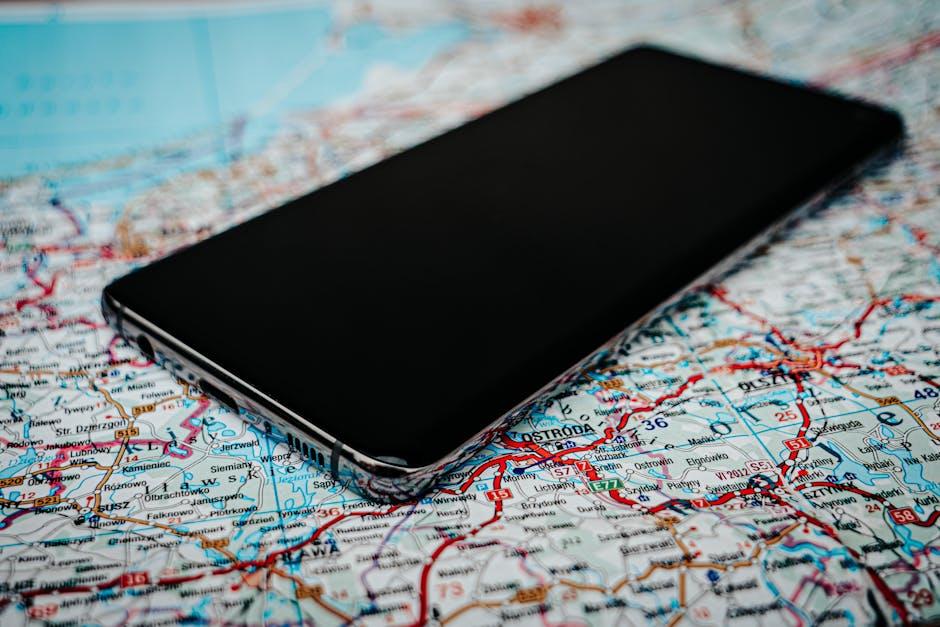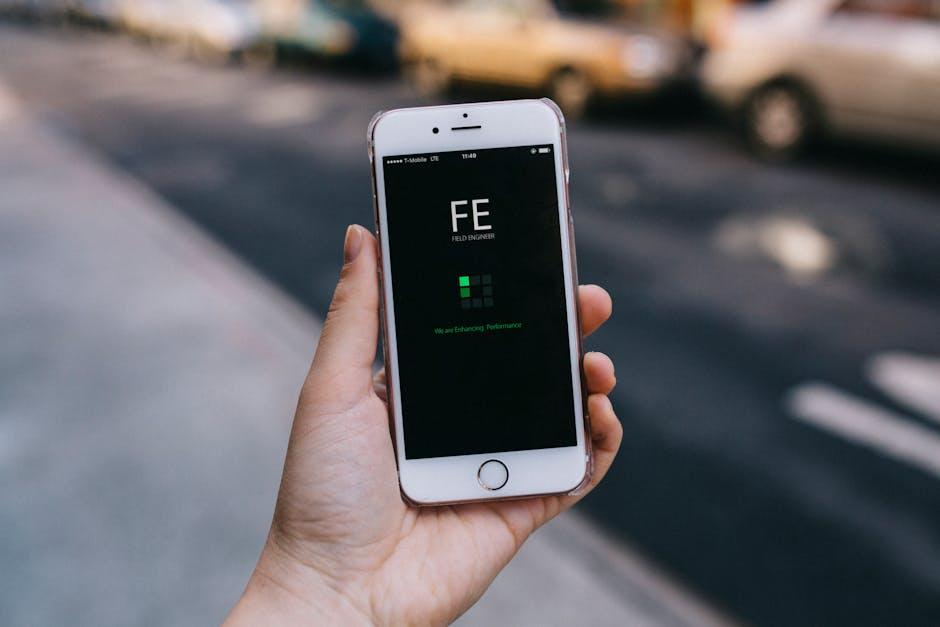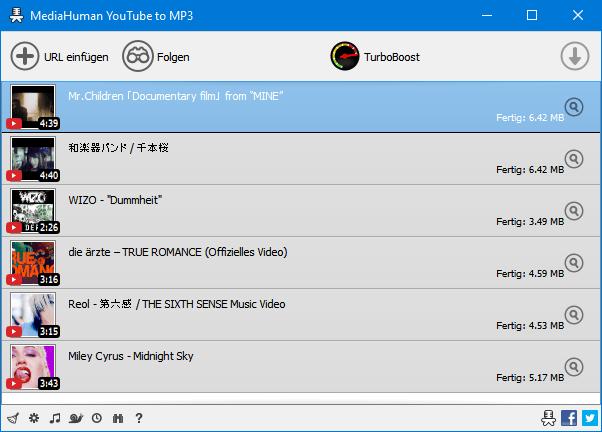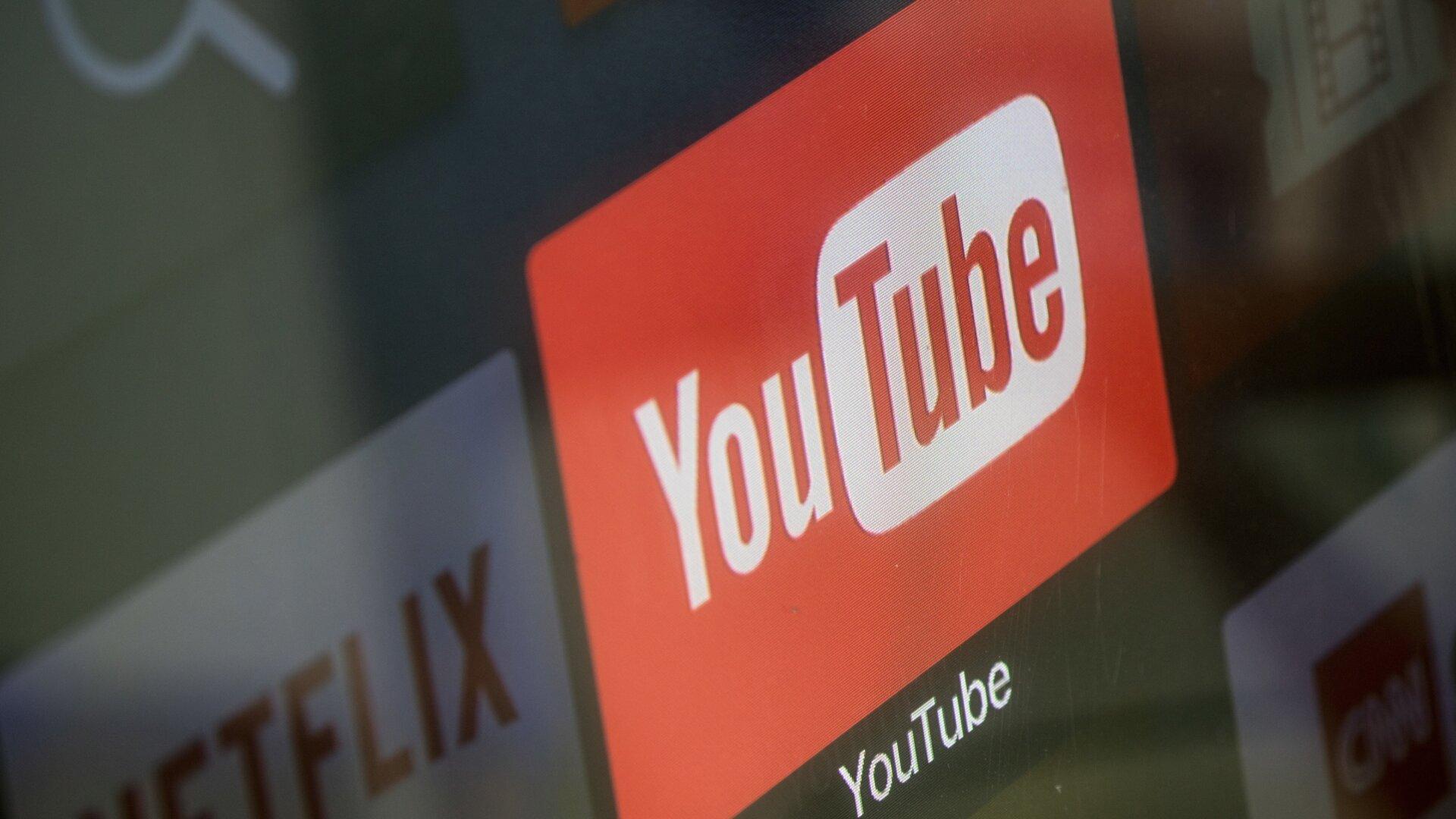In today’s digital age, YouTube isn’t just a platform for cute cat videos and epic fails; it’s become a colossal hub for content where billions of users tune in every day. But have you ever paused your binge-watching to think about what all that streaming is really costing you—not just in terms of your precious time, but also in data rates? Just like coffee lovers monitoring their caffeine intake, it’s crucial to keep an eye on how much data you’re guzzling while diving deep into the latest vlogs, tutorials, and music videos. So, grab your favorite snack, sit back, and let’s unpack the numbers behind YouTube data rates. Because understanding how streaming affects your wallet can turn you from a casual viewer into a savvy consumer. Curious? Let’s dive into the nitty-gritty of how that endless scroll comes with its own set of costs!
Decoding the Hidden Costs of YouTube Streaming

When you dive into YouTube streaming, it’s easy to get swept up in the thrill of binge-watching your favorite creators. But hold on a second—have you ever stopped to think about the underlying costs? It’s not just about the subscription fees (if you’re on YouTube Premium); your data usage can really add up if you’re not careful. Imagine finding yourself on a road trip and suddenly realizing your gas tank is running low. That’s what YouTube can feel like if you’re not monitoring your data consumption. Depending on your video quality preferences, you might be burning through gigabytes faster than you can say “cat video.”
Here’s a quick breakdown of how much data you might be using based on resolution settings:
| Video Quality | Data Usage per Hour |
|---|---|
| 144p | 60 MB |
| 360p | 300 MB |
| 720p | 1.5 GB |
| 1080p | 3 GB |
So, if you’re a fan of high-definition content, you might want to think twice before hitting that play button without checking your data limit. Being aware of your streaming habits can significantly lighten the load on your monthly bill. It’s kind of like deciding whether to order a salad or a double cheeseburger—one leaves you fuller without the added cost! Keeping tabs on your YouTube streaming could mean more video enjoyment without the nasty surprise at the end of the month.
How Data Usage Adds Up: Understanding Your Monthly Bills

When it comes to streaming videos on platforms like YouTube, you might be surprised at how quickly your data usage can pile up. YouTube streams content in various resolutions, each carrying a different weight on your data plan. For example:
- Standard Definition (480p): ~0.7 GB/hour
- High Definition (720p): ~1.5 GB/hour
- Full HD (1080p): ~3 GB/hour
- 4K (Ultra HD): ~7 GB/hour
So, if you’re a binge-watcher who loves to dive into 4K content, it’s essential to keep your data allowances in mind. Can you imagine racking up an entire month’s worth of data on just a few nights of streaming? To get a clearer picture, consider this simple example: streaming for just 2 hours daily at 4K could use up around 420 GB in a month! Keeping tabs on your viewing habits can save you from unexpected overage charges and help you choose the right plan that fits your viewing style.
| Resolution | Data Usage (per hour) |
|---|---|
| 480p | ~0.7 GB |
| 720p | ~1.5 GB |
| 1080p | ~3 GB |
| 4K | ~7 GB |
Maximizing Your Viewing Experience Without Breaking the Bank

Let’s face it: streaming can feel like a never-ending battle between your desire for high quality and your wallet’s reluctance to cooperate. Luckily, a few clever strategies can enhance your viewing experience without digging deep into your pocket. First off, consider adjusting your video settings. Many platforms, including YouTube, allow you to choose the resolution of your video. Going for a lower resolution, especially if you’re on a slower internet connection, can save you data. Also, utilizing Wi-Fi rather than your cellular network is a game-changer; it lets you stream to your heart’s content without constantly glancing at your data usage.
Another quick win? Offline viewing! YouTube offers the option to download videos for later, allowing you to enjoy your favorite content while on-the-go—even without a signal. Additionally, take advantage of subscription services or ad-supported tiers that offer ad-free experiences at a fraction of the cost. Joining a family plan can also spread the cost among friends and relatives, turning your streaming hobby into a budget-friendly adventure. Below is a super handy table showing some popular streaming services, their costs, and key features!
| Service | Cost Per Month | Ad-Free Option | Offline Downloads |
|---|---|---|---|
| YouTube Premium | $11.99 | ✅ | ✅ |
| Netflix | $8.99 | ✅ | ✅ |
| Hulu | $5.99 | ✅ | ✅ |
| Amazon Prime Video | $8.99 | ✅ | ✅ |
Smart Strategies to Optimize Data Usage While Enjoying YouTube

To make the most out of your YouTube experience without breaking the bank on data, you’ll want to tweak a few settings. First off, consider adjusting the streaming quality based on your data plan. Did you know that streaming in 1080p can use up to 3 GB of data per hour? That’s a hefty chunk! Instead, if you switch to 720p or even 480p, you’ll easily save a substantial amount of data while still enjoying decent picture quality. Many folks forget they can also download videos for offline viewing. This allows you to enjoy your favorite content without consuming data in real-time, making it really handy when you’re on the go.
Moreover, keep an eye on some nifty features that can help you manage your data consumption. Enabling data saver mode is a game changer; this feature limits video streaming quality during playback, which can be a lifesaver when you’re on a limited internet plan. Additionally, remember to review your subscription settings for channels you seldom watch and opt out if necessary. This not only declutters your feed but also reduces the chances of unintentionally streaming high-data content. Below is a quick reference table showing typical data usage based on video quality:
| Video Quality | Data Usage per Hour |
|---|---|
| 480p (Standard) | Approx. 0.5 GB |
| 720p (HD) | Approx. 1.5 GB |
| 1080p (Full HD) | Approx. 3 GB |
| 4K (Ultra HD) | Approx. 7 GB |
Key Takeaways
As we wrap up our deep dive into the world of YouTube data rates, I hope you’re feeling a little more enlightened about what those streaming costs really look like. Who knew that a few hours spent binging on your favorite cat videos could rack up such a bill, right? It’s like going to a buffet and thinking, “I’ll just have one plate” only to find yourself eyeing dessert, too.
Understanding these data rates isn’t just about keeping your wallet happy; it’s about being a savvy consumer in the digital age. After all, knowledge is power—and in this case, it can also be your secret weapon against data overages. So, the next time you’re lost in a YouTube rabbit hole, at least you’ll have an idea of what it’s costing you.
So here’s the deal: keep an eye on your streaming habits. Adjust the video quality when you don’t need that extra HD flair, and maybe save those epic 4K marathons for when you’re connected to Wi-Fi. It’s all about balance—like a tightrope walker with a smartphone in one hand and a snack in the other.
Thanks for coming along on this journey with me! Now, how about heading to the comments and sharing your own experiences with YouTube data rates? Let’s keep this conversation rolling. Until next time, happy streaming—just remember, every pixel counts!



